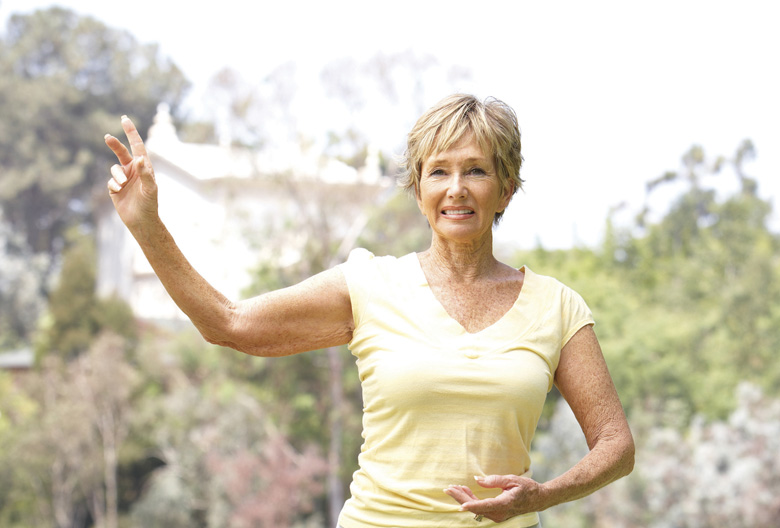Written by Heather McGinley
A traditional art provides maximum benefits in our modern world.
While many health-conscious people will turn to Zumba and other fast-paced methods to gain an edge on their health in 2012, others will turn to lower-impact, more traditional methods like tai chi—thought to improve balance, focus, muscle strength and overall health.
A 2007 study conducted by The National Institutes of Health’s National Center for Complementary and Alternative Medicine and another published in April 2011 by scientists at Harvard University and Beth Israel Deaconess Medical Center indicate that tai chi can reduce blood pressure, improve cardiovascular health, relieve chronic pain, enhance the immune system, improve balance, arrest bone loss in in the hips and spines of post-menopausal women, improve sleep and more, while tai chi participants report additional benefits.
Bill Hansell, tai chi instructor and owner of Taiji Chaun in Williamsburg, reports an improved sense of balance and a stronger mind-body connection in his students, particularly noticeable in his students with Parkinson’s disease and autism. Hansell personally experiences a sense of calm that he never had before practicing tai chi, as well as relief from his arthritis pain.
The earliest documented practice of tai chi dates back approximately 850 years—although many people believe tai chi is much older, Hansell says.
In the 6th century, a Buddhist monk from India, named Bodihdharma or Da Mo, is said to have introduced basic practices in the Shaolin Monastary as exercise. From these basic movements hard or violent forms of martial arts (such as kung fu) and soft forms (such as tai chi) developed.
Tai chi is part of a larger tradition called qigong (pronounced “chee gong”), which is thousands of years old and makes use of abdominal breathing, fluid movements and concentration to connect mind and body and distribute chi, or qi, energy throughout the body.
According to traditional Chinese medicine, chi is considered a life force that flows through the body’s meridians or passageways. When a person is sick, chi is not flowing freely. Stress and tension are believed to close the meridians, blocking flow of chi. Tai chi is believed to keep the meridians open, allowing chi to maintain balance throughout the body.
While scientists may not be able to prove the existence of chi or meridians, they recognize the benefits of tai chi in maintaining good health.
How Does Tai Chi Work?
Tai chi involves following a series of soft flowing movements in sequence while performing focused, deep abdominal breathing. Every movement has an intension or purpose. It has to be a valid martial arts movement and has to have a valid health aspect.
A basic tenant of tai chi is to use power, not force, Hansell explains. When you use power rather than force, your muscles are soft and loose, allowing you greater control. “Everything else being equal, power will always beat force,” he says.
Staying soft and loose is important to your health because chi is suppressed by tension, Hansell says. The more fluid the chi, the better your health.
“If you want your health to be good—everything in balance,” Hansell adds.
Hansell’s classes follow a model of 15 to 20 minutes in breathing, energy work and balance exercises before beginning a tai chi routine to reduce tension and prepare the body for smooth, soft movements. Hansell advises practicing tai chi at least three to four times a week in most cases, and recommends the exercise for all age groups, especially for people with high-stress lifestyles and people older than 50 who are beginning to struggle with their sense of balance.
Different tai chi instructors focus on various aspects of the art, so it is important to find an instructor who makes you feel comfortable and keeps your needs in mind as a beginning or advanced student.

